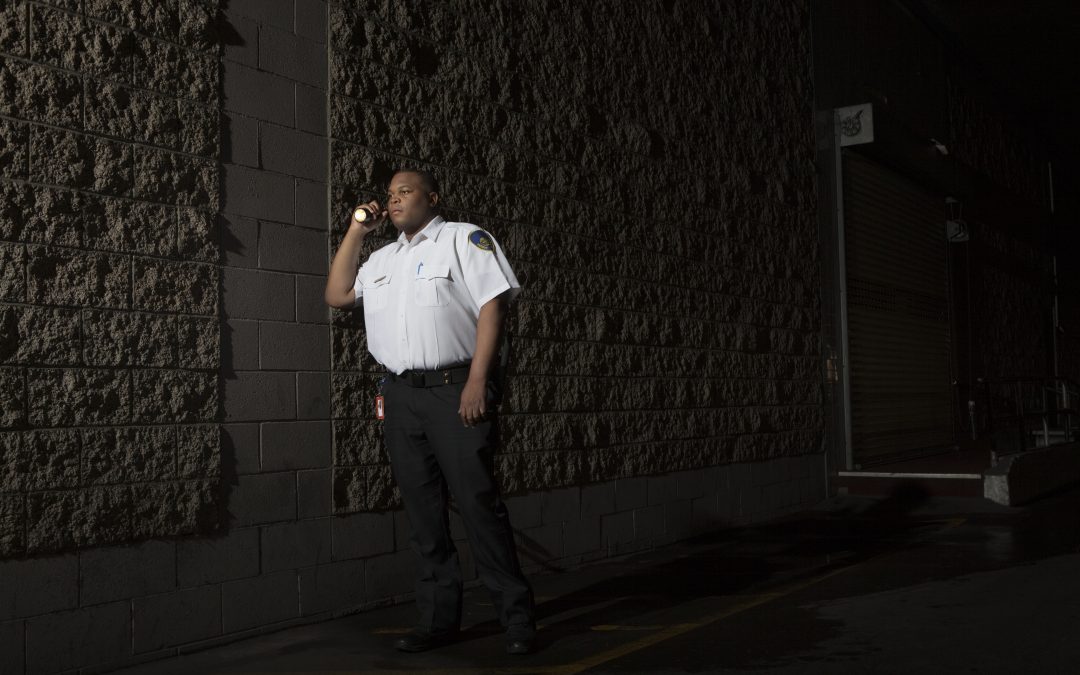 Managing visitors in your building can be a complex process, but it’s important to ensure the safety of your employees and visitors. If you already have a visitor management process, spend time revisiting the policy to ensure your building is always one step ahead of potential security issues. If you don’t have a visitor management procedure in place, consider implementing one so that your employees, customers and building as a whole will remain secure and protected.
Managing visitors in your building can be a complex process, but it’s important to ensure the safety of your employees and visitors. If you already have a visitor management process, spend time revisiting the policy to ensure your building is always one step ahead of potential security issues. If you don’t have a visitor management procedure in place, consider implementing one so that your employees, customers and building as a whole will remain secure and protected.
For some companies, having a record of visitors is a matter of compliance to regulations such as HIPAA or CFATS, while other obvious reasons are to protect the safety of your employees and customers. Failure to provide a safe workplace is a lot harder to prove if a company has taken reasonable steps to provide access and visitor control. Every company has records and valuable assets that need to stay protected beyond lock and key storage, so ensuring that you are managing who has access to such property allows accountability if something were to happen.
How do you ensure that visitors are being properly accounted for? Security guards, electronic management systems, and visitor badges are some of the most effective ways to keep your company safe and secure.
If your current system includes a paper log, and you like using it, that’s okay! But you should make sure the log is being properly maintained as well as utilizing an extra layer of security to pair with it. Take a look at your log and check out how many of the names are legible. Are the purpose of the visit and the host’s name filled out? How about the arrival and departure times? Most people fill out the arrival time, but don’t bother on the way out. With a security guard and visitor pass, you can ensure that visitors are seeing who they’re supposed to be seeing and leaving when they say they’ll be leaving. Security guard management can help not only with internal operations, but can strengthen the external presence on your property as well.
Many companies are moving to physical guard and electronic visitor management systems because it presents a better first impression for their customers. Not only do the badges have a professional look and the potential for a personalized photo, but the lobby process leaves the right impression. Customers or not, you also have a responsibility to protect visitors. In the event of an emergency, you have the responsibility to ensure that all employees and visitors have been marshaled to a safe area.
While you may become nervous about an additional system to handle, these extra safety precautions will make employees feel safer in their workplace.
What is your visitor management process? Is there anything you need to change to provide more safety?
By: Sarah Kessler

